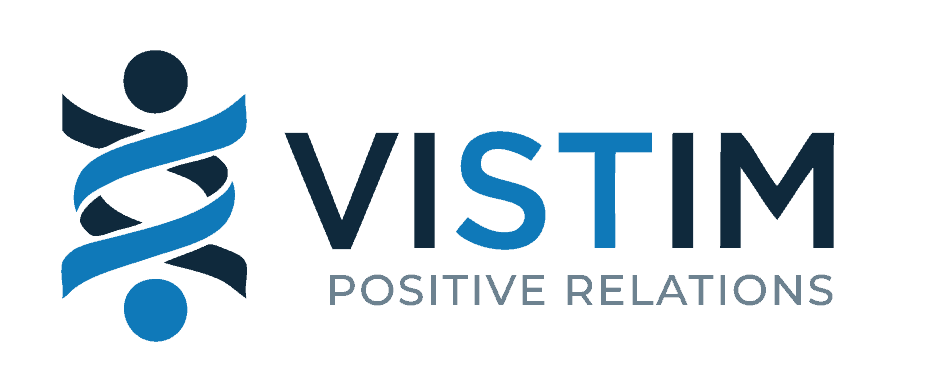Whatever reward or career decisions you make (allocation of variable remuneration, promotions, salary increase…), they require the identification of the most deserving employees and therefore a thorough assessment of their abilities and performance versus the new job and/or their colleagues. Such evaluation is usually made by the n+1, based on a methodology and criteria which should be well defined and transparent.
There is however always the risk that the managers making those decisions have different interpretation of the policies, the criteria to apply or even are subject to unconscious bias, jeopardizing the fairness of the exercise and their reward/career decisions.
Best practice demonstrates that running calibration sessions within an organization help ensuring that different managers apply the same standards in the assessment of their subordinates. As Dirk Grote* said, the objective of calibration sessions is “to ensure a level playing field by neutralizing the effect of ‘tough graders’ and ‘easy graders’.”
Calibrations sessions ensure a healthy discussion amongst decision makers on the way they assess the performance of their people and apply the criteria leading to reward/career decisions.
Here are the prerequisites to successful calibrations:
Responsibilities:
Senior management: ensure criteria to make reward or career decisions are clear and communicated to managers, who are trained on how to apply them
HR: brief managers on the introduction of calibration sessions, the ‘rules of conduct’ and how to prepare for the calibration sessions
Managers or HR: circulate the list of people selected by their n+1 for a potential reward or career ahead of the meeting.
Moderation:
During the meeting, usually facilitated by HR, each manager explains the rationale behind each of their propositions. Discussions take place to review and challenge the application of the criteria for each employee. At this stage managers may realize that their assessment was too high or too low…
As an outcome to this meeting, some evaluations get adjusted to reflect accuracy and consistency across teams, departments and the overall organization.
This process aligns Managers with the final decisions on reward or career and provides comfort about the rigorous application of the criteria across the organization.
Further benefit:
An additional benefit of running calibration sessions is that you develop and align your leadership practice across the organization. Managers do not only align their thinking during the sessions but also for the coming performance cycle. They adapt the way they set objectives and give feedback.
*Dirk Grote https://www.groteconsulting.com/resource-center/articles/


